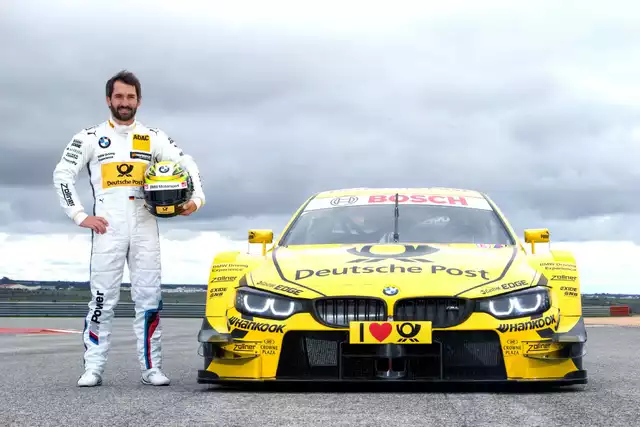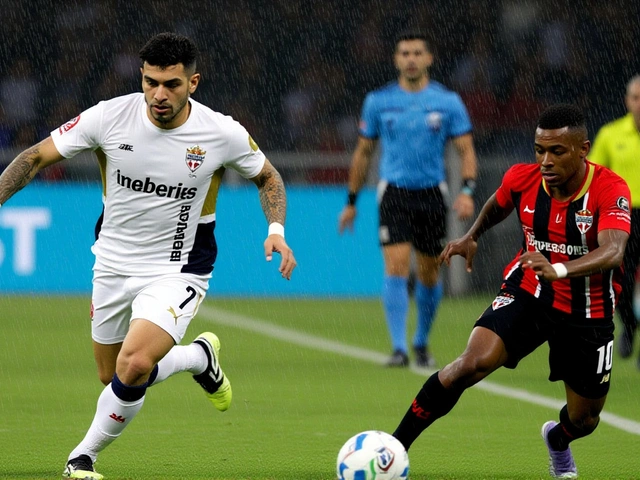Motorsport Regulations: Why Homologation Rules Matter
If you’ve ever watched a race and wondered why the cars look so similar to the ones on the showroom floor, the answer lies in homologation. It’s the rulebook’s way of saying, ‘We want real‑world cars on the track, not fantasy machines.’ This page breaks down what homologation is, why it’s crucial for fairness, and how it shapes the future of both racing and road cars.
What Homologation Actually Means
Homologation is a fancy word for certification. Before a car can hit the race circuit, the governing body checks that the model is sold to the public in a minimum number of units. In simple terms, the race car must be a “real” car you could buy at a dealership. This prevents teams from building one‑off prototypes that have no relation to production vehicles.
For Subaru fans, this means the WRX STI you see on the track is built from the same platform as the street version, with a few performance tweaks. Those tweaks are allowed, but the core chassis, engine layout, and dimensions must remain true to the road‑going model. The result? A level playing field where engineering skill, driver talent, and strategy decide the winner.
How Homologation Keeps Racing Fair
Without homologation, rich teams could simply design a custom car that outpaces everyone else, turning racing into a money contest. By tying race cars to production models, the rulebook forces every outfit to work within the same constraints. It’s like a video game that limits the weapons you can use – you have to be clever with what you’ve got.
These rules also protect smaller teams. They don’t need to fund a secret R&D lab to stay competitive; they can start from the same base car as the big names. That keeps the grid diverse and the sport exciting for fans who love underdog stories.
Another perk is technology transfer. When engineers push a homologated car to its limits, they discover solutions that later appear in the next model you can buy. Faster brakes, stronger chassis, and smarter aerodynamics often start on the race track before they trickle down to the showroom.
How does this affect you, the everyday driver? Think of the safety features and performance upgrades you enjoy in your Subaru today. Many of those originated from the data collected during homologated racing. The rule isn’t just a bureaucratic hurdle; it’s a bridge between the thrill of motorsport and the reliability of your daily driver.
In practice, homologation reviews happen before a season starts. The car’s dimensions, weight, engine output, and even the type of tires are measured and approved. Any changes during the season must be re‑submitted and cleared. This continuous oversight ensures no team can sneak in an illegal advantage.
Some fans argue that strict homologation stifles innovation. While it does limit radical design, it also encourages engineers to extract maximum performance from existing technology. That’s a different kind of creativity – one that often yields more practical, market‑ready solutions.
If you’re curious about the current Subaru race cars, check the latest homologation documents on the governing body’s site. You’ll see the exact specs that are allowed on the track, from the turbo boost pressure to the allowable aerodynamic wing size.
So next time you hear a roar from a Subaru at a rally or circuit, remember the rulebook behind that sound. Homologation is the quiet guardian of fairness, the catalyst for everyday tech, and the reason the race feels real – because the cars you watch are the same ones you could drive.

What is the purpose of homologation rules in motorsport?
In a nutshell, homologation rules in motorsport act as a fairness guarantee. They stipulate that any car used in racing must be a production model that's available for purchase by the general public, ensuring that all competitors are on a level playing field. It's a way to prevent teams with bigger budgets from gaining an unfair advantage by creating bespoke racing machines. Moreover, these regulations also boost the car industry, as innovations for the race track often trickle down to the cars we drive every day. So, homologation rules are vitally important for both competitive integrity and automotive progress.
CONTINUE READING






